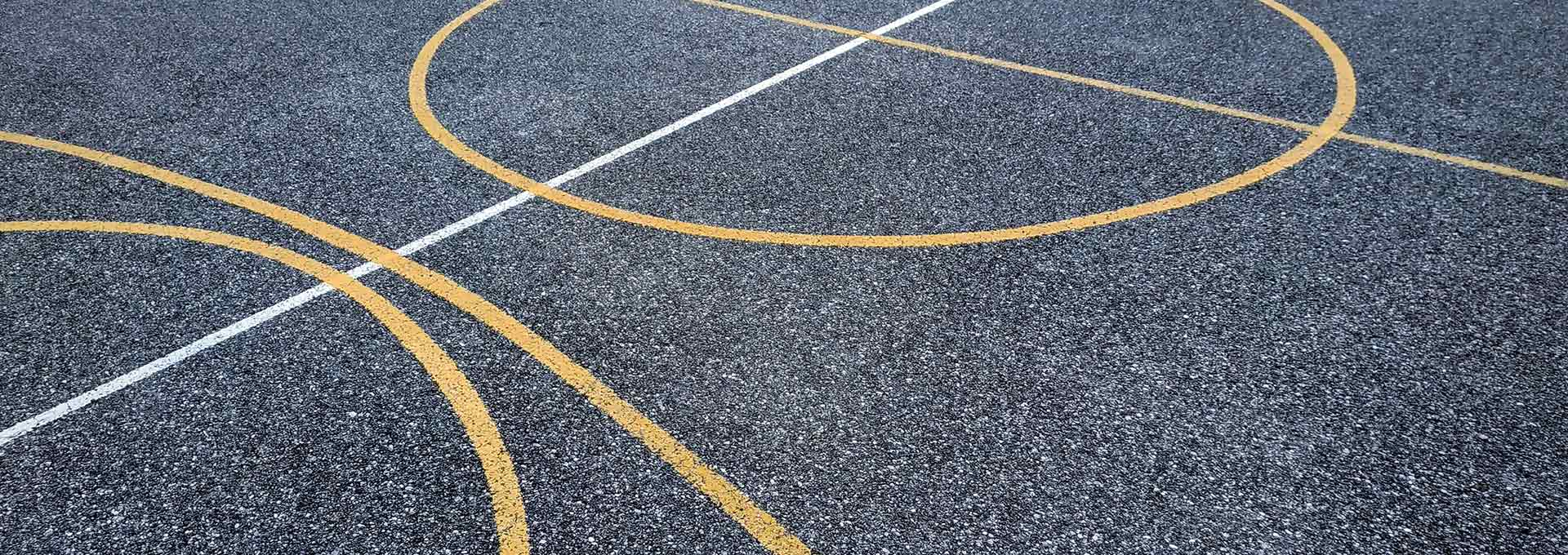
Resources
Seed Grant Awardee: Hyunglae Lee
Hyunglae Lee | School for Engineering of Matter, Transport and Energy
Significance: It has been repeatedly demonstrated that female athletes have lower ankle stability and an increased risk of ankle injury when compared to male counterparts participating in similar sports activities. In order to reduce the risk of ankle injury in female athletes and help them maximize performance during sports activities, it is significant to understand mechanisms underlying the sex differences in ankle stability and utilize this knowledge in intervention to reduce the risk of an ankle injury.
Objectives: In the previous and current GSI seed grant cycles, we have 1) characterized ankle mechanics and stability and identified sex differences during postural balance, and 2) developed a soft robotic ankle brace that is capable of adaptively changing its mechanical properties, in particular, stiffness at the ankle joint. Building upon these successful accomplishments, this proposal aims to 1) understand mechanisms of sex differences in ankle stability during dynamic tasks simulating sports activities, and 2) evaluate how the soft robotic brace that incorporates this knowledge could improve ankle stability and reduce the risk of ankle injury in female athletes.
Challenges and Solutions: First, while we have recently demonstrated clear and significant sex differences in ankle mechanics and stability during various postural balance tasks, it is unknown whether the differences persist or further increase during dynamic walking and running tasks that are common in many sports activities. Our innovative research method, which integrates a patent-pending robotic balance platform and advanced machine learning algorithms, will provide a transformative solution to quantify ankle stability during various tasks simulating sports activities and identify its sex differences. Second, while passive ankle braces have been widely used to prevent potential injuries during sports activities, they cannot adjust the level of support and thus limiting their effectiveness. Our award-winning soft robotic ankle brace will provide a unique and innovative solution to adaptively adjust the level of support, i.e., the magnitude of brace stiffness at the ankle, based on real-time prediction of ankle stability, in a sex-dependent manner.
Impact and Future Directions: The research outcomes will advance our scientific knowledge on sex differences in ankle stability and risk of an ankle injury during sports activities and their underlying neuromuscular mechanisms. This advanced knowledge will directly benefit the operation of the soft robotic ankle brace, which we expect will significantly improve ankle stability in female athletes compared to conventional passive braces. It will also serve as a basis to develop an injury risk assessment tool and sex-specific training programs for effective ankle injury prevention and rehabilitation. Furthermore, successful completion of this research will lay the groundwork for future research to evaluate the effectiveness of the soft robotic ankle brace on reducing the risk of an ankle injury and improving ankle performance in both male and female athletes during sports games such as basketball and soccer. Findings in this research will not only lead to publication in highly selective biomechanics journals but also contribute to the development of competitive proposals to the National Institute of Child Health and Human Development and the NSF Smart Connected Health program.
Read the final paper from this GSI-funded project here.
Last updated July 2021.